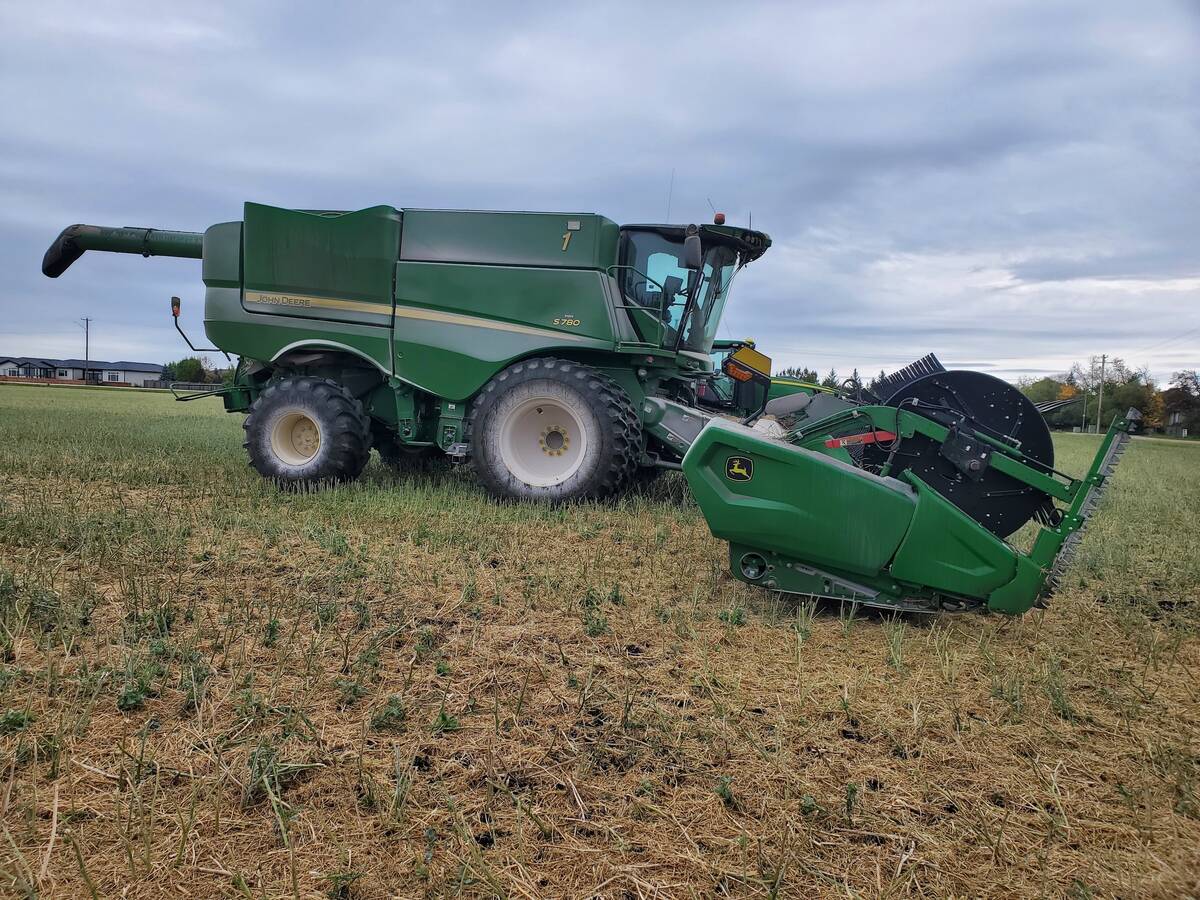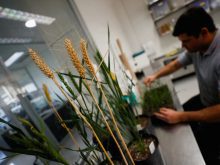Elk or deer antlers may provide future treatments for human liver
disease.
Susan Hemmings, a physiologist and researcher at the University of
Saskatchewan’s medical school, said antlers from cervids, animals
belonging to the deer family, may hold a key to liver treatment.
“It was there staring everyone in the face. It was in the Chinese
literature. If you read Chinese and set aside any bias about Asian
medicine, you would see it. And many did, but that was as far as it
Read Also

Powdery mildew can be combine fire risk
Dust from powdery mildew can cause fires in combines.
went,” she said, speaking to the Saskatchewan Elk Breeders
Association’s annual convention in Saskatoon last week.
Hemmings said she has tested the effect of the enzyme extracted from
elk antlers on rats in her lab and has found “protective … (and)
regenerative” results for the liver.
Her findings have not been reviewed by other scientists, but she plans
to publish her results in two papers in the near future.
Liver disease affects one in 12 Canadians and is the fourth leading
cause of death, according to the Canadian Liver Foundation. The liver
produces chemicals that break down fats in the blood, and it acts as a
filter and detoxifier of poisons for the body.
“The only real treatment we have is transplantation. While we are
learning a great deal about this and have made many strides, there will
never be enough livers to go around,” Hemmings said.
She first showed that cervid antler wasn’t toxic to humans, which
confirms a study done by Jeong Sim, a scientist at the University of
Alberta. He said lack of toxicity was an important first step before
antler would be accepted as a medicine.
Then Hemmings tested for protective effects on the liver.
When the liver is in good health, one particular enzyme, gamma glutamyl
transferase, or GGT, is found in lower amounts in the system.
But the enzyme’s levels are elevated in most cases of liver disease.
“We found that the rats that were fed with antler velvet in their rat
chow had a decrease in GGT (compared with control group rats). The
antler velvet was providing some protection for the liver,” she said.
- ext, Hemmings poisoned the rats with carbon tetrachloride to induce
moderate liver damage. They were tested for another enzyme,
transaminase. This is released into the bloodstream if serious liver
damage is occurring.
The animals that had been fed the antler velvet showed a 300 percent
drop in transaminase compared to the control group.
“We now know the antler is having an effect. We need to know more. I
need to study this further,” she said.
So far Hemmings has funded the research on her own.
“I was turned down by the provincial government for funds. I got that
letter last week. I am now asking these elk producers for assistance,”
she said at last week’s meeting.
“I am going to be approaching the federal government for funds … But
I need to show that the producers are behind me to get matching money.”
The physiology professor said she is not patenting her research in an
effort to make new treatments available to the public at lower costs.
Denise Smith, executive director of the elk breeders, said this is
“good news, really good news, at a time when we need some good news in
this business.”
The elk industry was damaged by an economic downturn in Asia in 1997,
where the antler velvet is sold as medicine. Canada was a major
exporter of the product to South Korea, where much of processing and
distribution of antler takes place.
Then, as prices began to recover, chronic wasting disease appeared in
the Saskatchewan elk herd. Prices for Canadian product tumbled again as
Korea banned imports of Canadian product.
















